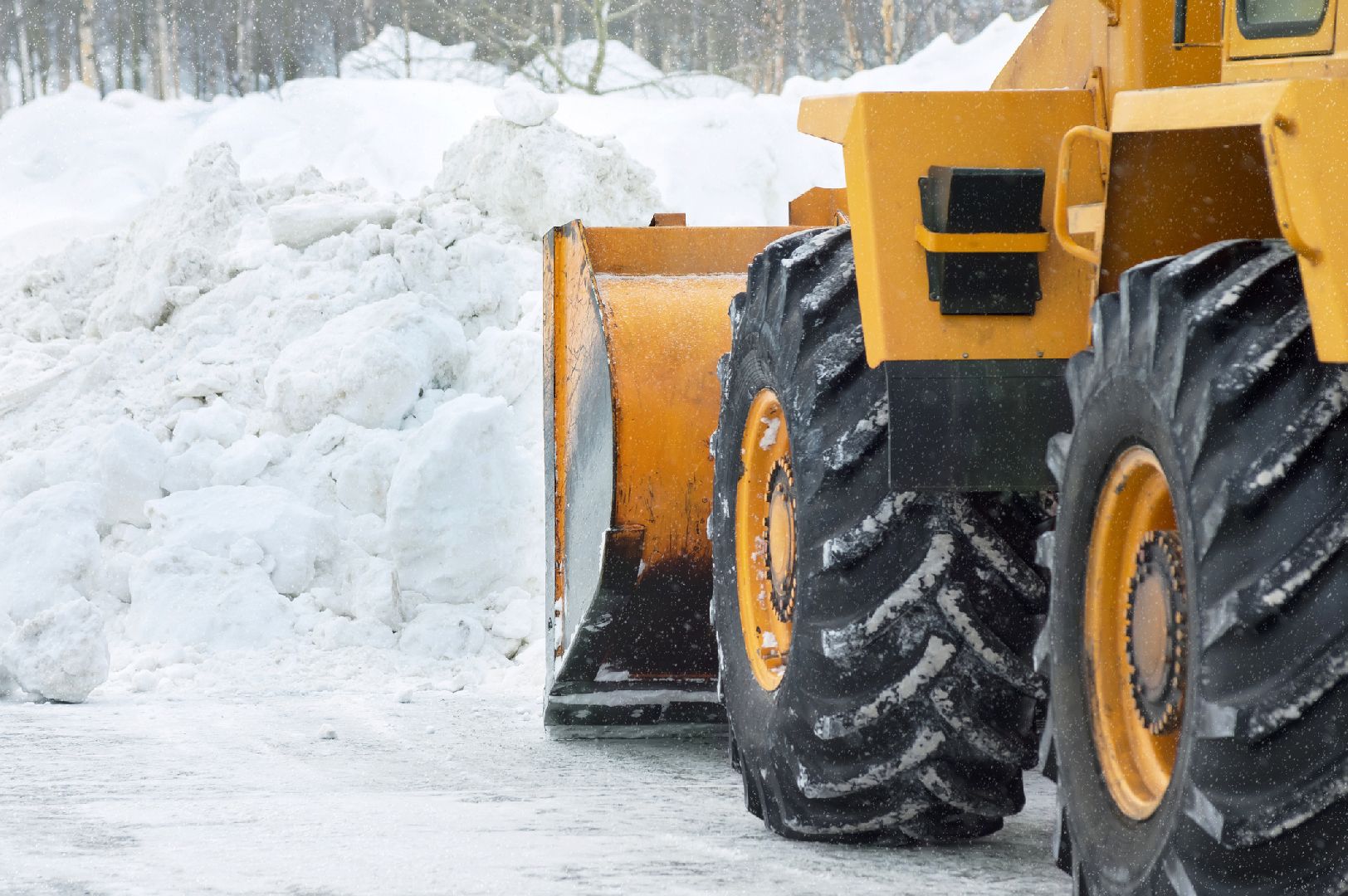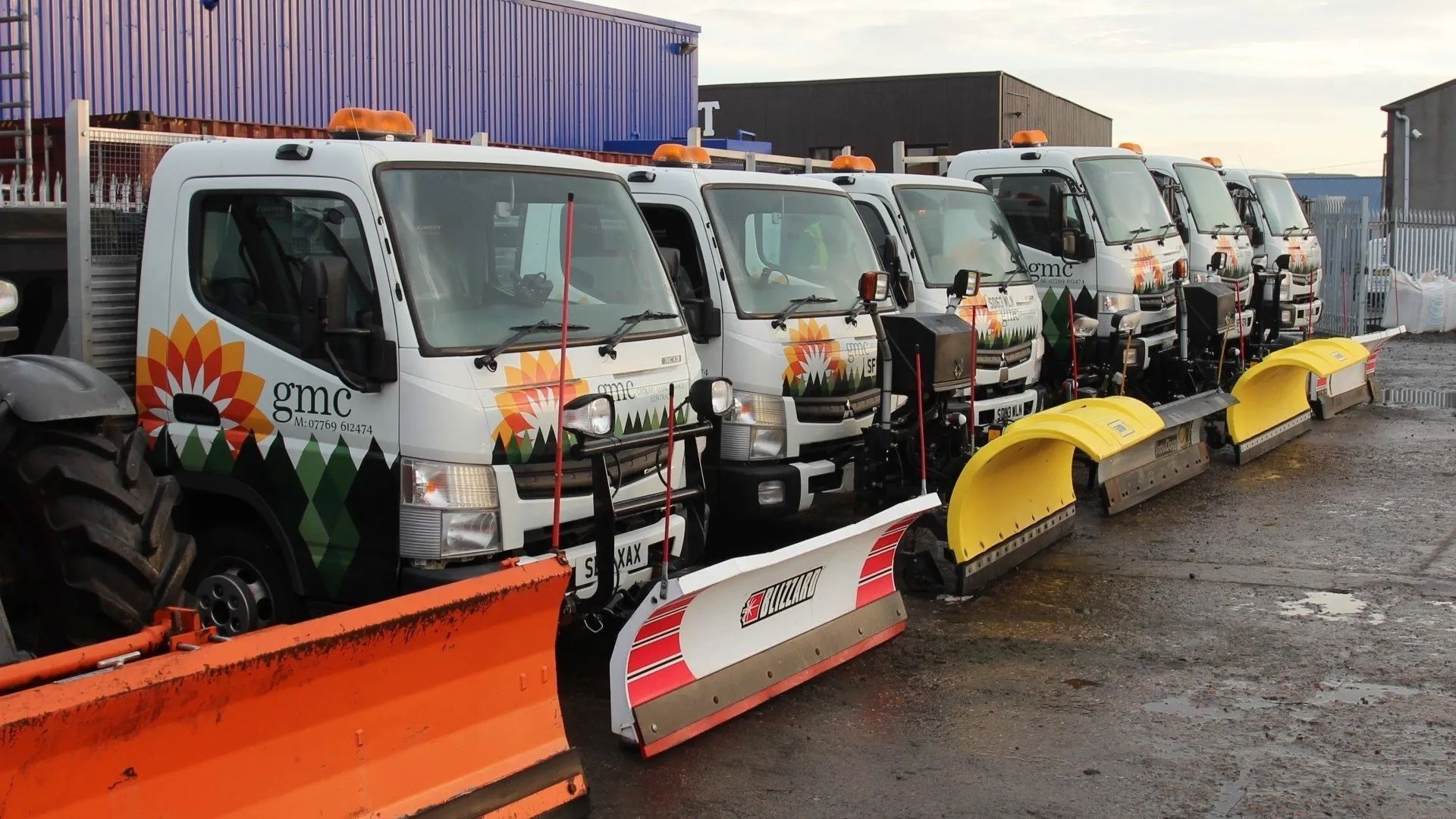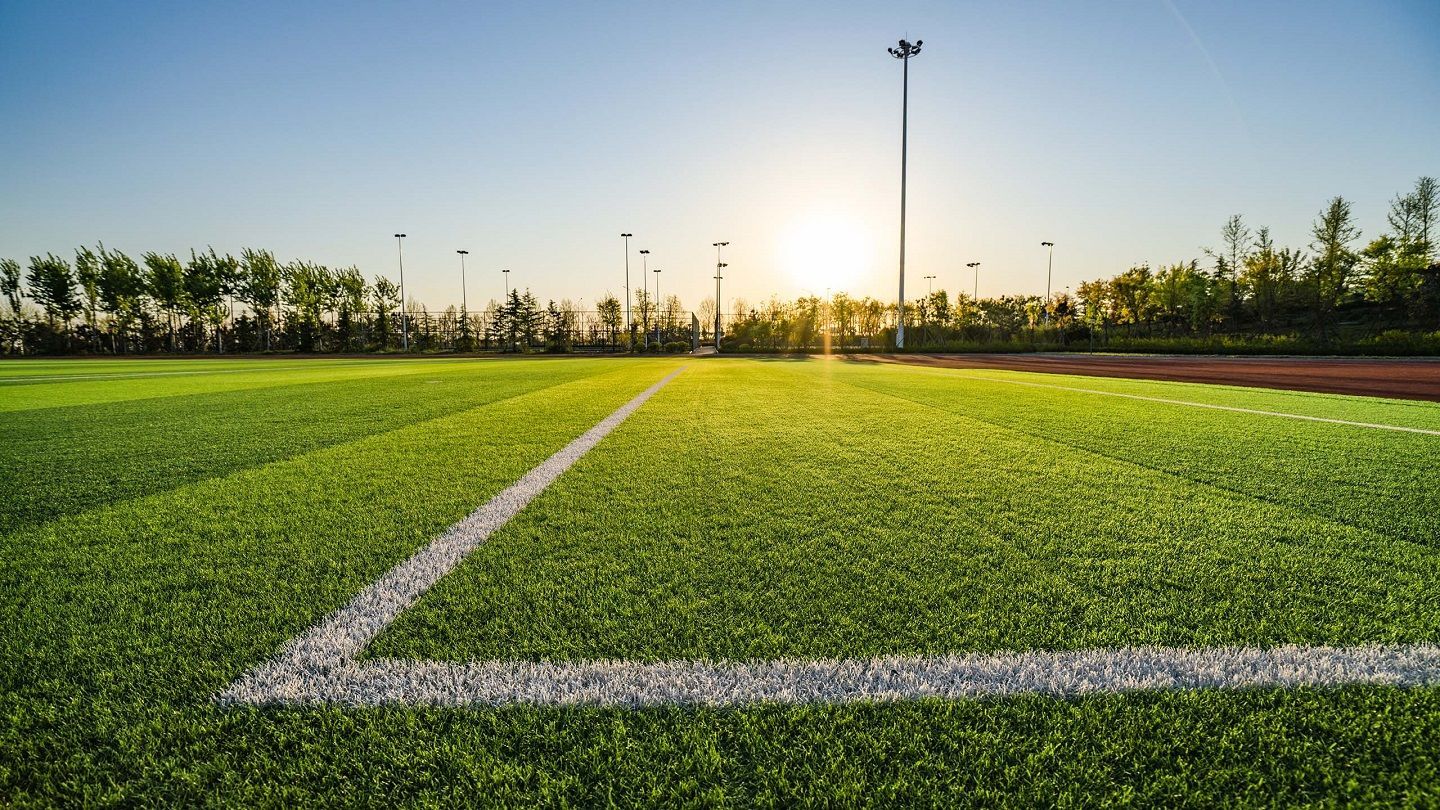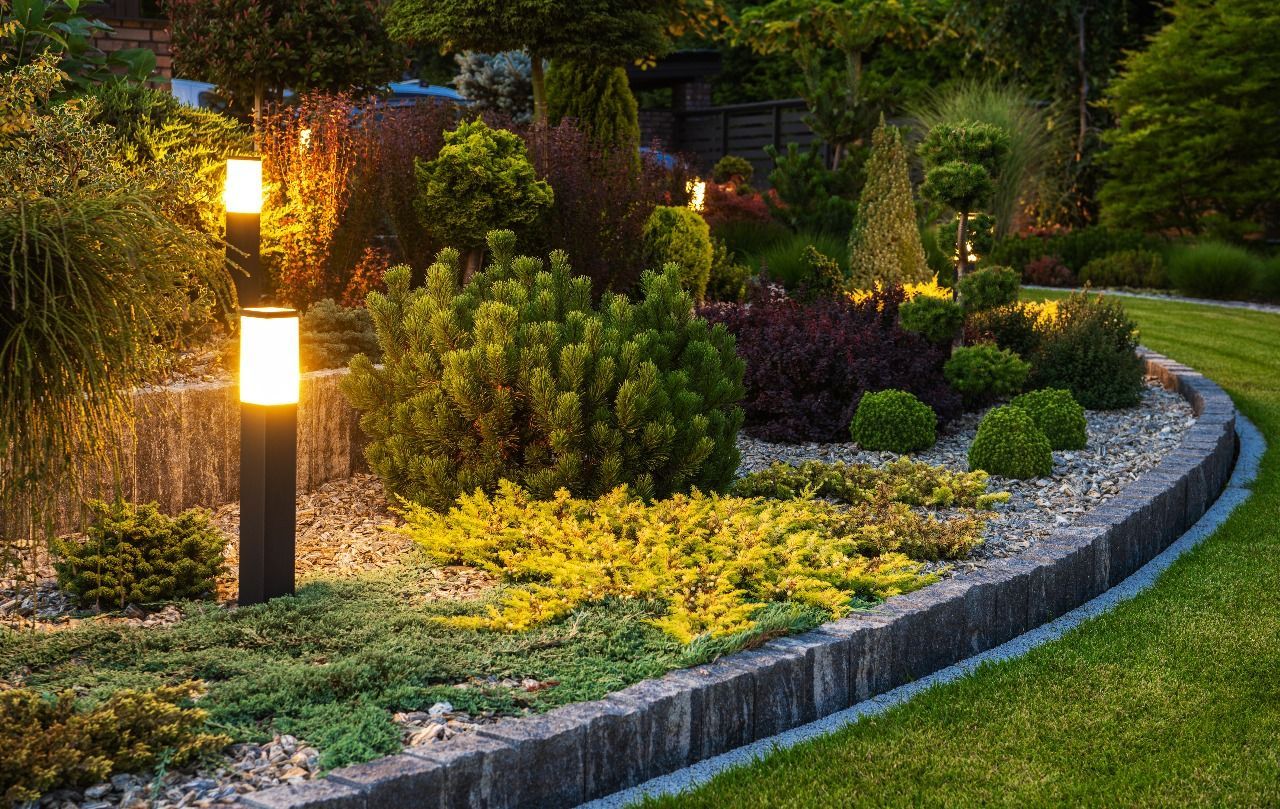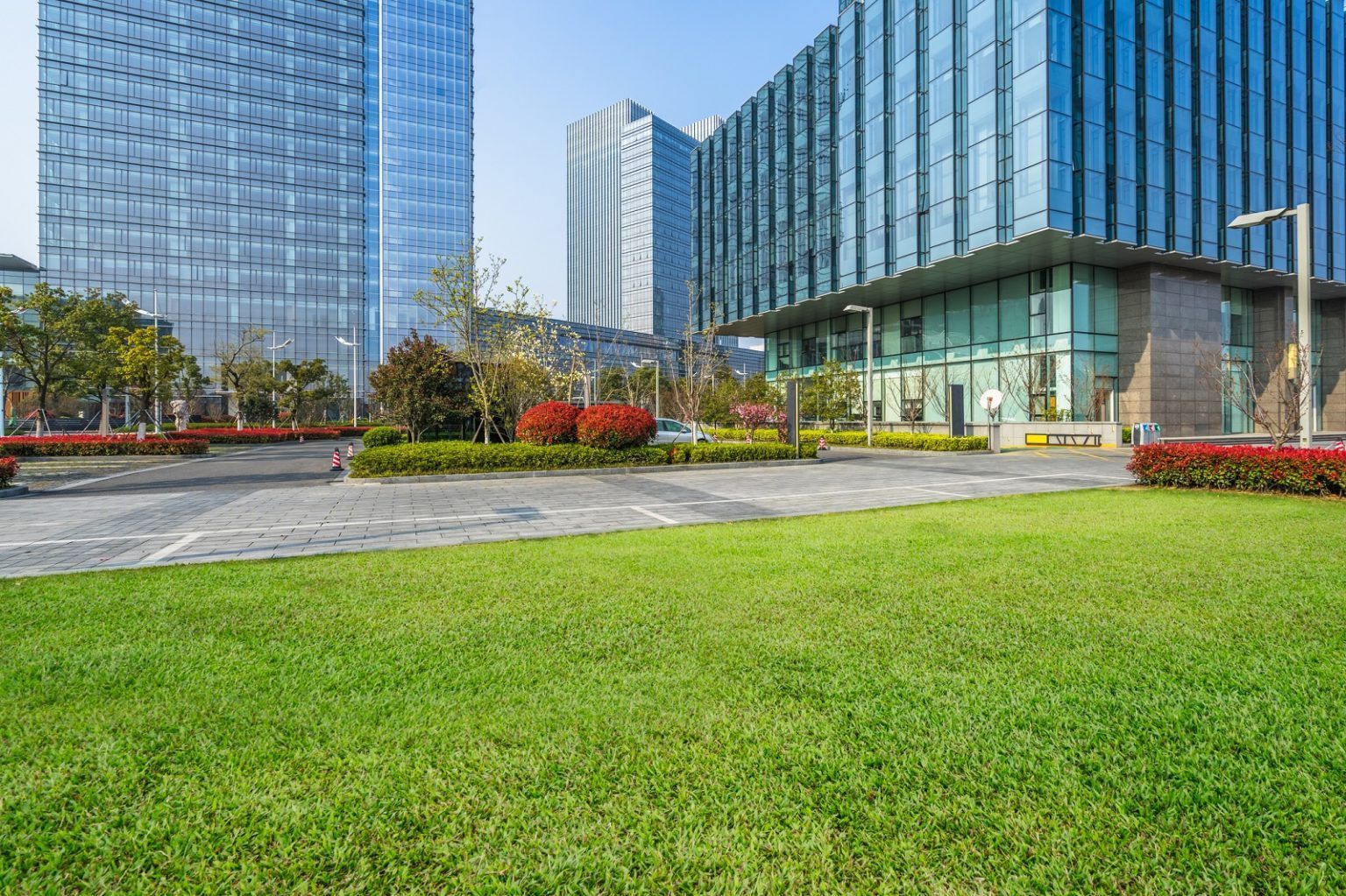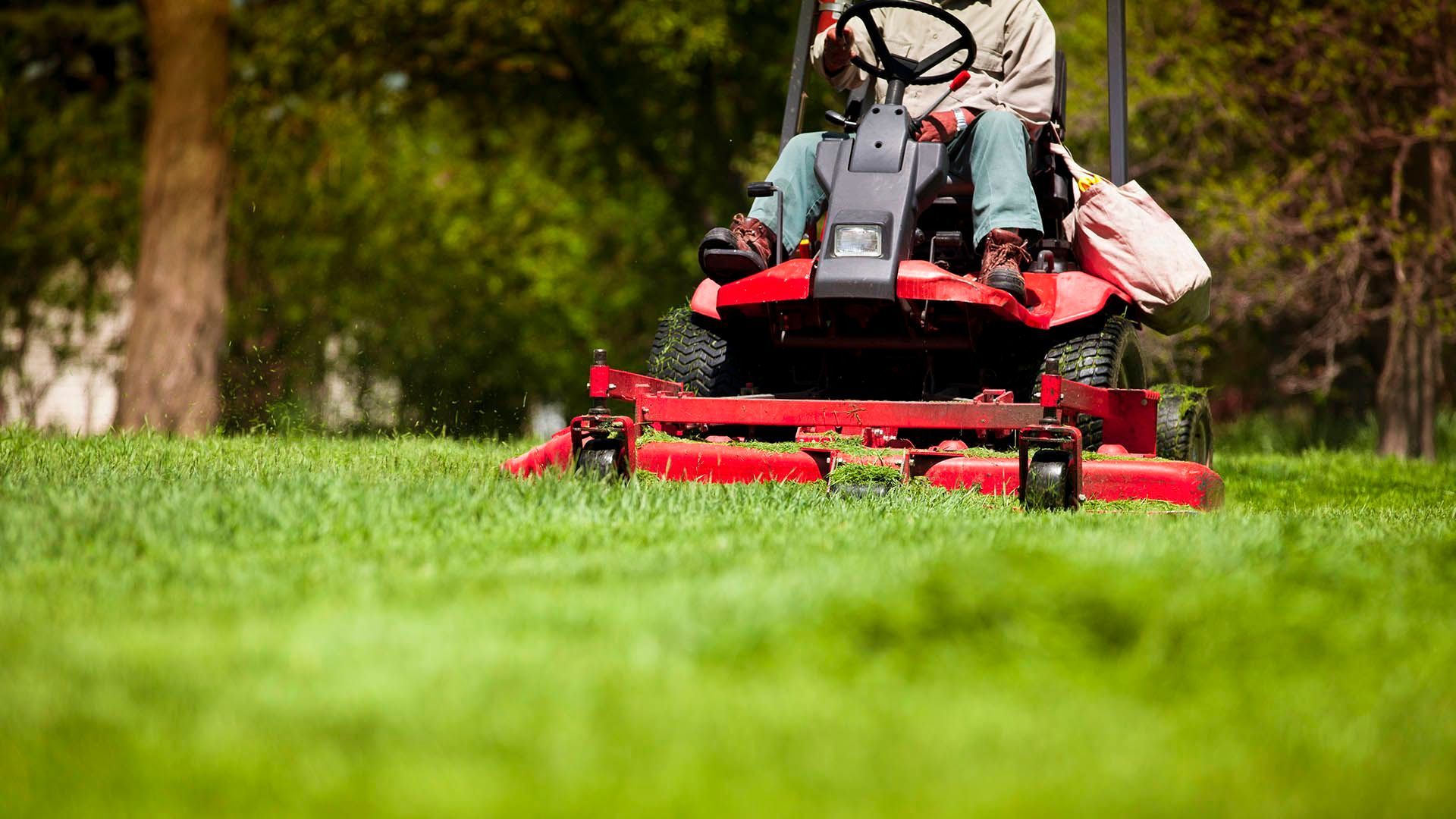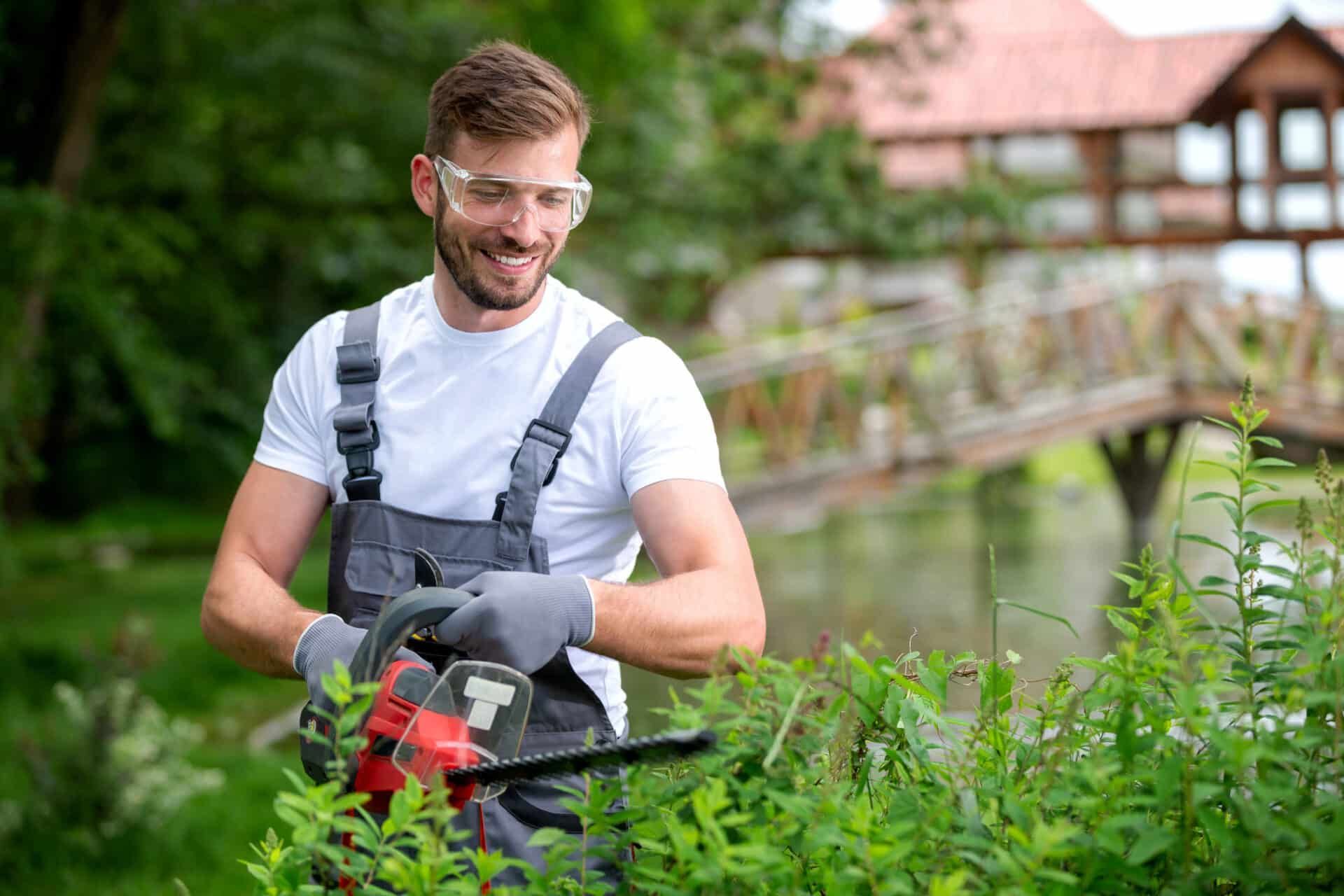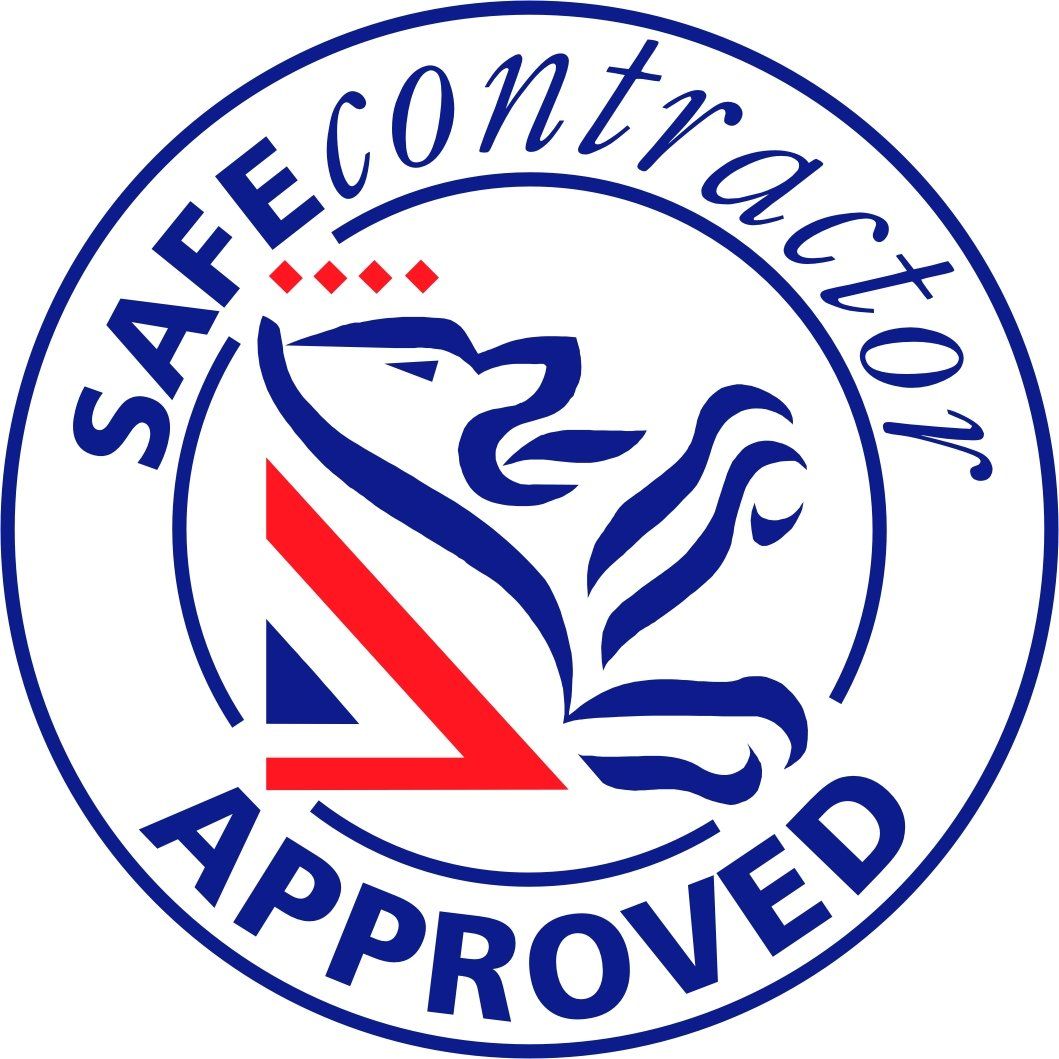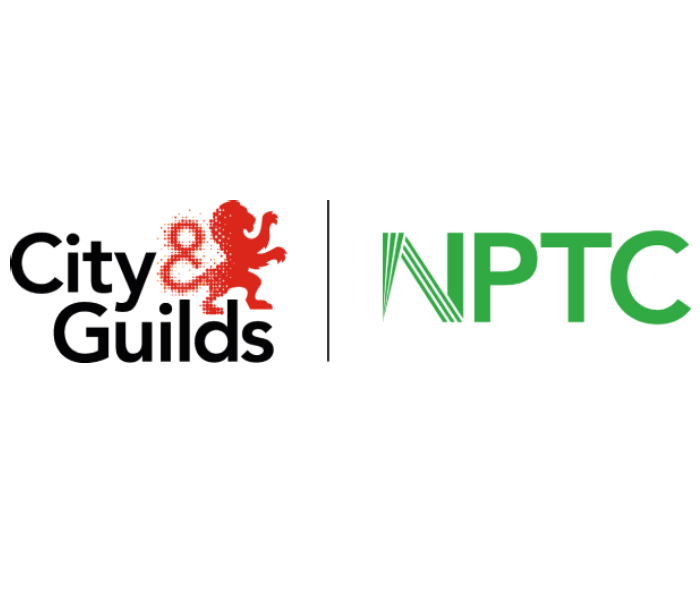Winter Gritting Services: Where and When are They Required?
The days and nights are progressively getting colder as we enter the winter months, with some parts of Scotland experiencing snow already. With the cold comes adverse weather conditions, such as sleet, snow and ice - all major causes of accidents for both pedestrians and drivers.
Gritting is the way to prevent these accidents. Below are the most important places where gritting is required to ensure people’s safety.
Roads
When the weather is cold enough, snow, rain or sleet can freeze on the ground, resulting in ice - and, like bambi, cars slip and slide on ice, creating a very hazardous driving environment.
In order to prevent such serious accidents from occurring, grit is used on the roads. If ice has not yet formed, salt grit is put down on the roads (when the weather is dry, to prevent it from being washed away) if the weather is predicted to fall into freezing conditions. This lowers the freezing point of moisture on the road surface, thus stops ice from forming.
If there is existing snow or ice, the grit will melt this. This is especially important and effective on busy roads; as cars drive over gritted roads, the salt breaks down and melts the ice faster. This allows tyres to grip to the road surface properly and reduce the risk of accidents.
Car parks
Like roads, car parks must also be gritted. Car park gritting allows cars to turn and manoeuvre safely without slipping on ice and damaging other cars or people walking across the car park.
It also means people can walk to and from their cars, or across the car park to ticket machines, without slipping and falling over, which is especially dangerous in such close proximity to moving vehicles.
This is not just important in public car parks, but commercial car parks also; for example, gritting the car park at your office building lets your workers walk from their cars to the office safely. This is part of a business's responsibility to ensure a safe working environment.
It is also especially important for hospital car parks to be gritted when the ground is slippery, as ambulances often have to leave/arrive in a hurry in emergency situations (with faster speeds resulting in more likelihood of loss of control on icy roads) and certain patients may be less steady on their feet due to injuries, with icy ground making this more of a hazard.
Pavements
Just as roads must be gritted for the safety of drivers, pavements must be gritted for the safety of pedestrians. Ice can be very slippery underfoot, making it more likely for people to sleep and fall (especially on ground that isn’t level) and injure themselves.
This can pose a particular hazard to vulnerable people, such as the elderly or those who require some form of assistance to walk.
As well as frequently used public pathways, gritting is important in places such as schools, care homes and outside supermarkets, all of which have many people walking around daily.
If you’re in need of gritting services this winter, DCMB puts your safety first, offering winter cover 24/7. We use high quality gritting materials to keep your roads and pathways clear, offering both preventative and reactive gritting - we can even provide you with your own salt supply.
Get in touch with us today for your free quote.

